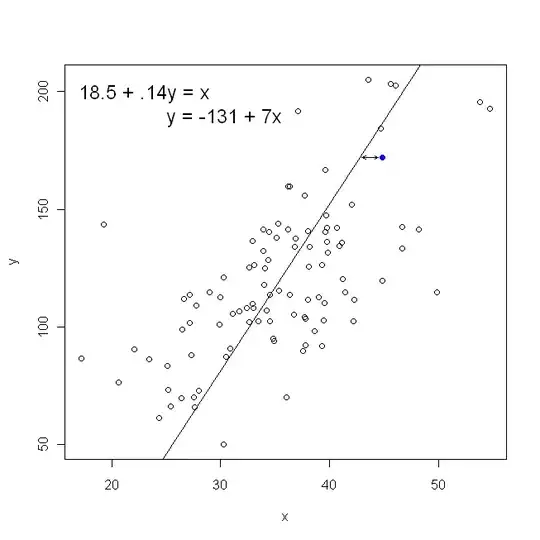I read a tutorial here. In which, I came across the below plots
I read an explanation quoted Fig 8(a) shows the area of L1 and L2 Norms together. For same amount of Bias term generated, the area occupied by L1 Norm is small. But L1 Norm doesn’t concede any space close to the axes. This is what causes the point of intersection between the L1 Norm and Gradient Descent Contour to converge near the axes leading to feature selection.
From the above graphs and explanation, I can understand the below
a) Area occupied by L1 norm is small when compared to L2 norm
But I didn't understand what the author means as But L1 Norm doesn’t concede any space close to the axes. and how this leads to feature selection?
can help me understand this, please?
